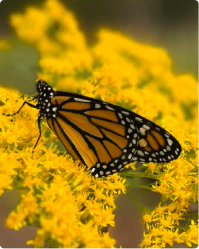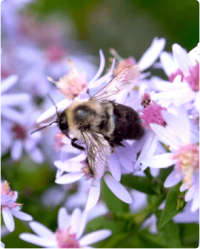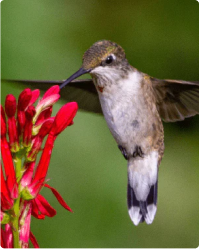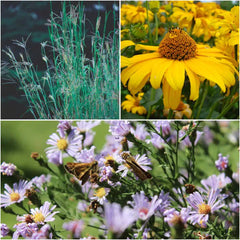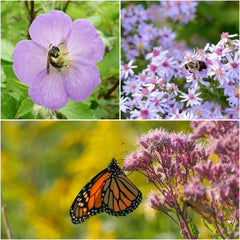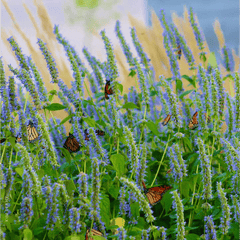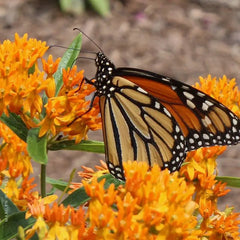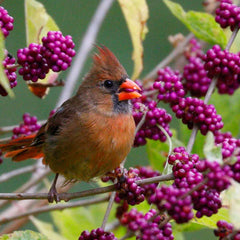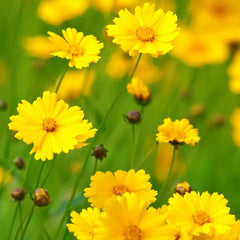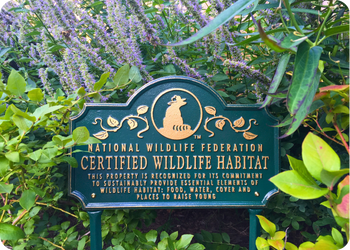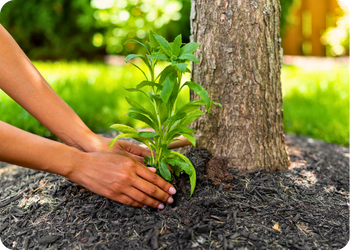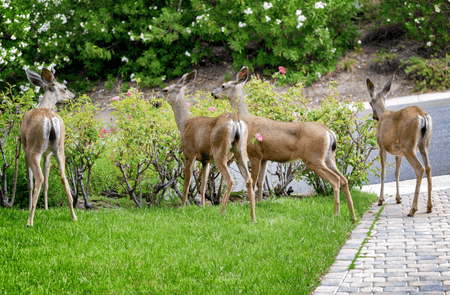Best Native Berry Producing Shrubs: How to Attract More Wildlife to Your Garden


Native shrubs play a vital role in maintaining the ecological balance of your garden and supporting local wildlife. These plants have adapted to the specific conditions of your region over time, making them hardy and well-suited for the local ecosystem. By including native shrubs in your garden, you contribute to the conservation of local plant species and help preserve the genetic diversity of native flora, which is essential for the long-term health of the ecosystem.
Native shrubs also act as a cornerstone in the food web of your garden. Their berries are a primary food source for many birds, helping them survive during critical times like migration or winter. Additionally, the insects that feed on native shrubs serve as prey for various bird species, making these shrubs integral to the survival of countless wildlife. Read on to learn more about native shrubs, how they can help wildlife, and how to incorporate them into your home garden design.
Native Berry-Bearing Shrubs: A Diverse Selection
Many native shrubs produce berries, each with its unique ornamental characteristics and benefits for wildlife. The key is finding what is truly native to your area!
Here are some popular choices, depending on where you live:
American Beautyberry (Callicarpa americana)

American beautyberry is a hardy four- to six-foot shrub has wand-like branches lined with small purple berries, which can last until mid-winter. Native and a favorite of mockingbirds in much of the southeastern United States.
Red Chokeberry (Aronia arbutifolia)

Red Chokeberry is a deciduous shrub known for its clusters of vibrant red berries that ripen in the late summer and persist through the winter. These berries are a valuable food source for birds, particularly thrushes, cedar waxwings, and robins. In the fall, the foliage of red chokeberry turns a brilliant red, adding a splash of color to your garden landscape. This hardy shrub is adaptable to various soil types and thrives in both wet and dry conditions.
Spicebush (Lindera benzoin)

Spicebush is a deciduous shrub prized for its fragrant leaves, which release a spicy aroma when crushed. It is a host plant for the spicebush swallowtail butterfly, making it an essential addition for butterfly enthusiasts. In the fall, spicebush produces bright red berries that attract a variety of wildlife, including birds and small mammals. This adaptable shrub thrives in moist, well-drained soils and can tolerate both sun and shade, making it a versatile choice for your garden. It’s also deer resistant due to its pungent leaves.
Winterberry (Ilex verticillata):
Winterberry is a deciduous holly species known for its vibrant red berries that persist through the winter months, providing a vital food source for birds during the colder seasons. This shrub is prized for its stunning display when the leaves drop, leaving behind the brilliant berries.
Elderberries (Sambucus spp.): Elderberries produce clusters of small, dark berries that attract a wide range of birds, including robins, thrushes, and cedar waxwings. Native throughout much of the United States and Canada.
Serviceberries (Amelanchier spp.): These early bloomers produce sweet berries in the summer and support birds like cedar waxwings, robins, and thrushes. Native to every contiguous U.S. state and Canadian province.
Viburnum (Viburnum spp.): For fall berries, viburnums are an excellent choice, especially arrowwood viburnum of the east. Not only are its fruits high in fats and carbohydrates, which allow migrants to rapidly refuel, but the berries also contain large amounts of antioxidants.
Dogwoods (Cornus spp.): Dogwoods provide berries that are popular with many songbirds and also offer stunning fall foliage.
Seasonal Delights: Berries for All
Native berry shrubs offer a seasonal smorgasbord for wildlife throughout the year:
Spring and Early Summer Bounty: As the weather warms, shrubs like serviceberries and winterberry burst into bloom, attracting pollinators. Later, their berries ripen, providing a crucial food source for early nesting birds and returning migratory species.
Late Summer and Early Fall Harvest: Some viburnum, spicebush, elderberries & more come into their own during late summer and early fall, offering abundant fruit for birds, insects, and mammals. This period coincides with many bird species' migration, making these berries especially valuable.
Preparing for Winter: Persistent Berries: Shrubs like winterberry, chokeberries and hawthorn provide berries that persist well into winter. These persistent berries help sustain birds during the lean months when other food sources are scarce.
By choosing a variety of berry-producing shrubs that produce fruit at different times, you can ensure that your wildlife garden remains active and attractive to wildlife year-round.
What wildlife benefit most from native shrubs?
The presence of native berry-producing shrubs in your wildlife garden can transform it into a hub of activity, attracting a diverse array of wildlife. Let's explore how these shrubs can benefit various animal species:
Birds: Birds are perhaps the most well-known consumers of berries in the garden. Many of our most beloved backyard bird species including robins, cardinals, bluebirds, and mockingbirds and waxwings eagerly feed on berries for sustenance.
Beneficial Insects and Pollinators: In order to produce berries, shrubs must first have their flowers pollinated by insects and other animals. The shrubs provide a meal to these pollinators with nectar and pollen, and later feed the birds and other wildlife with the fruit that results from pollination.
Butterflies and Moths, Host Plants for Caterpillars: Some native shrubs, like spicebush and blueberries, serve as host plants for butterfly and moth caterpillars. By planting these shrubs, you provide essential breeding sites for these beautiful insects.
Mammals: A Diverse Range of Berry Consumers: In addition to birds, various mammals, such as raccoons, squirrels, and opossums, relish the opportunity to feast on the fruits of your berry-producing shrubs.
By catering to the dietary needs of these wildlife species, you can create a dynamic ecosystem where different creatures coexist harmoniously, enhancing the overall biodiversity of your garden.
Providing Cover AND Habitat: Native Shrubs as Wildlife Sanctuaries
While the berry-laden branches of native shrubs are a crucial food source for wildlife, they also serve another essential role in your wildlife garden: providing cover and places to raise young. These shrubs offer a sanctuary for various creatures, ensuring their safety and well-being in your garden ecosystem.
Nesting Sites for Birds: Native shrubs, with their dense foliage and sturdy branches, offer ideal locations for birds to build nests. Many bird species from robins and cardinals to sparrows, finches, and warblers, seek out the protective cover of shrubs to build their nests and raise their young. The intricate architecture of shrubbery provides excellent camouflage and protection from predators.
Shelter for Small Mammals: Native berry-bearing shrubs create cozy shelters for small mammals like rabbits, squirrels, and chipmunks. These animals rely on the dense growth of shrubs as a refuge from predators and harsh weather conditions. The cover provided by shrubs allows them to move about more freely and securely in your garden.
Winter Habitat: As winter approaches, many wildlife species require secure places to overwinter. Berry-producing shrubs with persistent fruits, such as winterberry and hawthorn, become invaluable. Birds, particularly those that remain in colder regions year-round, use the shrubs as a source of food and shelter during frigid winter months.
Safe Haven for Insects: Insects, despite their small size, play a vital role in garden ecosystems. Native shrubs offer shelter to beneficial insects that contribute to pollination and pest control and that are a critical food source for birds and other wildlife. Many insects, such as ladybugs, lacewings, and predatory beetles find refuge in the branches and leaves of these shrubs, which helps maintain ecological balance.
Butterfly and Moth Larval Hosts: Some native shrubs serve as host plants for butterfly and moth caterpillars. For example, spicebush is the primary host plant for the spicebush swallowtail butterfly. By including these shrubs, you provide essential breeding grounds for these fascinating insects, contributing to their conservation.
Incorporating native shrubs into your wildlife garden not only offers a bounty of berries but also creates a multifaceted habitat that supports a wide range of wildlife.
Native Shrubs vs Native Perennials
Incorporating native shrubs with berries into your home garden design is a rewarding endeavor that not only enhances the aesthetics of your landscape but also contributes to local biodiversity and conservation efforts.
The decision of where to use native shrubs versus native perennials in your garden design depends on several factors, including your garden's size, purpose, environmental conditions, and your aesthetic preferences. Here are some general guidelines to consider:
Consider native shrubs when:
Supporting Wildlife: Native shrubs often offer their berries well into the fall and even into the winter, past when other plants are no longer viable food sources for wildlife.
Offering Year-Round Interest: Many native shrubs provide visual interest throughout the year, even in the winter when flowers may not be in bloom. Their foliage, berries, and bark can add beauty and texture to your garden during all seasons. Careful planning ensures that there is a constant supply of food and visual interest throughout the year.
Creating Structure and Privacy: Native shrubs are excellent for creating natural barriers, windbreaks, or privacy screens in your garden. They can define garden boundaries or provide a backdrop for smaller plants.
Adding Vertical Interest: Shrubs provide height and structure to your garden, making it visually appealing and dynamic. They can be used as focal points or to break up the horizontal lines of lower-growing plants.
Garden Design: Shaping with Shrubs
Here are some key considerations and tips for seamlessly integrating these valuable shrubs into your garden design:
Know Your Local Ecosystem: Before selecting native shrubs for your garden, take the time to research and understand your local ecosystem. Identify the native species that thrive in your region, as these plants are best suited for the climate, soil, and wildlife. Choose native shrubs that will thrive in your specific sunlight conditions (full sun, shade, etc.) and soil types (sandy, clay, etc.)
Layer Your Plantings: Mimic natural ecosystems by creating layers of vegetation in your garden. Begin with taller native shrubs at the back or center, followed by medium-sized shrubs and finally ground covers or low-growing plants. This layering provides visual interest, maximizes space, and offers diverse habitats for wildlife.
Grouping: Grouping native shrubs together in clusters or drifts can create visually appealing focal points in your garden while also making it easier for wildlife to locate food sources. Clustering also allows for more efficient maintenance.
Create Wildlife Pathways: Design pathways or meandering trails throughout your garden to encourage wildlife movement and exploration. Use native shrubs strategically to define these pathways, providing both cover and visual appeal.
As you embark on your journey to enhance your garden with native shrubs, remember that the rewards are not just for you but for the countless wildlife species that will benefit from your efforts. With a combination of native flowers, shrubs, and trees, your garden can be a wildlife haven. Don’t forget to add a wildlife-friendly water source!
Lastly, encourage your neighbors and community to join in the movement towards creating wildlife-friendly spaces. Be sure to check for local or HOA rules, and work with your neighbors to update any old restrictions. Our collective efforts at home can make an impact for years to come.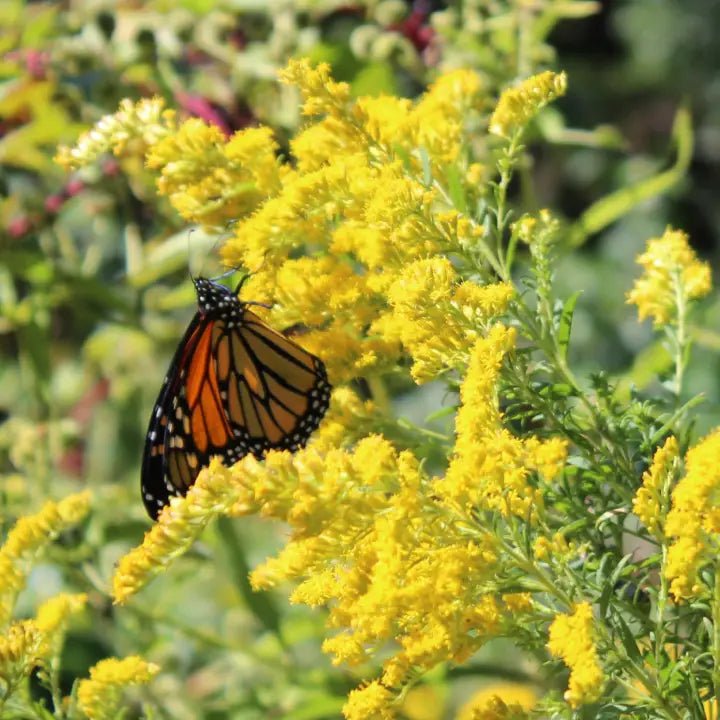
Find Native Plants by Zip Code
We took the guesswork out of planting native. Check your zip to see what ships!
